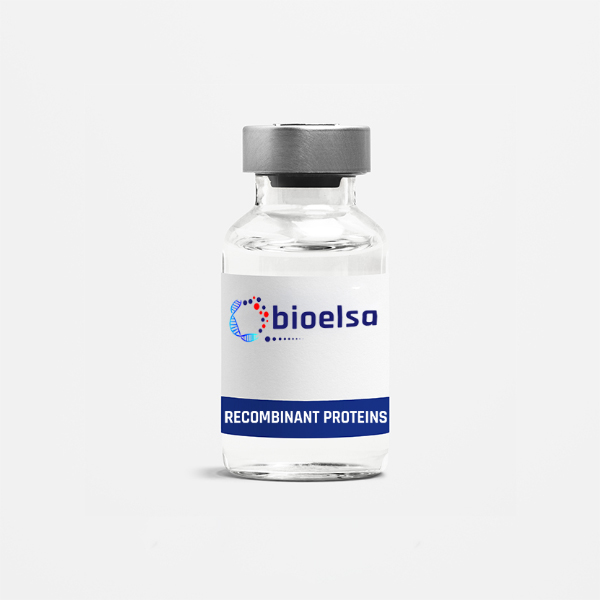| Gene ID |
2248 |
| Accession | P11487 |
| Alternative Name | HBGF-3, FGF3, Proto-oncogene Int-2, Heparin-binding growth factor 3 |
| Species | Human |
| Source | E. coli |
| Description | FGF3 belongs to the FGF family, members of which act on cells of mesodermal and neuroectodermal origin. Originally designated int2, the FGF3 gene was initially identified as a protooncogene in mice. FGF3 plays an important role in the regulation of embryonic development, cell proliferation, and cell differentiation and is required for normal ear development. Heparan sulfate glycosaminoglycans function as co-receptors to increase the affinity between FGF3 and its receptors; FGFR1 and FGFR2. Human and mouse FGF3 are known to share 88% amino acid sequence identity. Recombinant Human FGF3 is a single polypeptide of 21 kDa. |
| Accession | P11487 |
| Functions | The ED50 as determined by the dose-dependent stimulation of mouse fibroblasts was <5ng/ml |
| Formulation | Lyophilized from a 0.2 ?m filtered solution in PBS, DTT and EDTA |
| Solubility | A quick spin of the vial followed by reconstitution in distilled water to a concentration not less than 0.1 mg/mL. This solution can then be diluted into other buffers. |
| Appearance | Lyophilized Powder |
| Molecular Weight | 21.2 |
| Purity | >95% as determined by SDS-PAGE |
| Concentration | <1.0 EU/μg of recombinant protein as determined by the LAL method |
| Shipping Condition | Ambient Temperature |
| Storage Condition | The lyophilized protein is stable for at least one year from date of receipt at -70?C. Upon reconstitution, this cytokine can be stored in working aliquots at 2? - 8?C for one month, or at -20?C for six months, with a carrier protein without detectable loss of activity.
Avoid repeated freeze/thaw cycles. |
